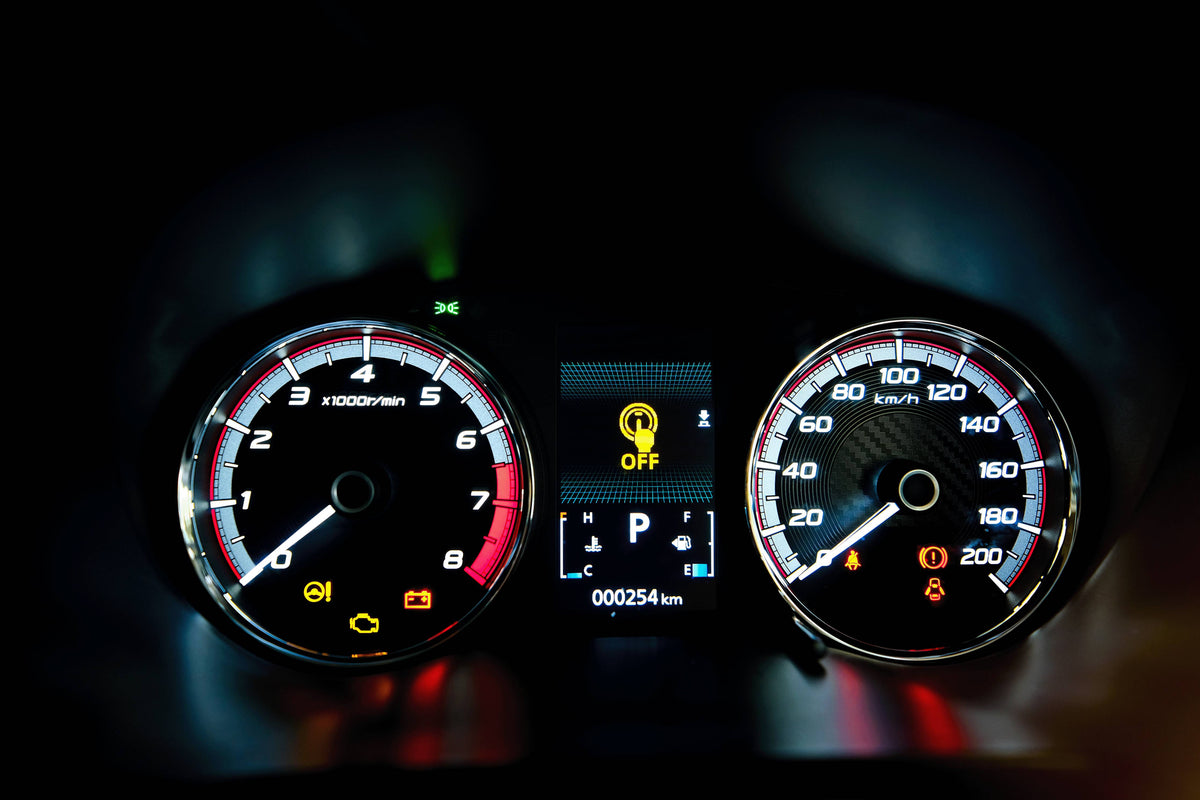
How to Clear a Check Engine Light in 2025 (The Right Way)
|
|
Time to read 3 min
|
|
Time to read 3 min
When that little amber check engine light pops up on your dashboard, it can feel like the beginning of a very expensive story. The good news is it’s not always as bad as you think. Sometimes it’s a simple fix, like tightening your fuel cap. Other times, it signals a problem that needs proper attention.
In this guide, we’ll explain what a check engine light means, how to clear a check engine light, and when you should never ignore it.
Modern vehicles use an onboard diagnostic system (OBD2) to monitor performance. When something falls outside of normal parameters - whether it’s an emissions issue, a sensor fault, or a misfire - the computer stores a code and turns on the warning light.
Solid check engine light → Often indicates a minor issue. The car may still drive normally, but you should diagnose it soon.
Flashing check engine light → A serious problem, usually misfires that could damage the catalytic converter. Pull over safely and seek immediate repairs.
Before reaching for tools, it helps to know what commonly triggers the warning. An engine light is triggered by a vehicle's onboard diagnostic system, and typically indicates a transmission or emission related fault.
Here are some possible causes:
Some are quick DIY fixes, while others require professional diagnostics.
Now we'll discuss how to clear a check engine light.
There are two main ways to reset a check engine light:
Most cars built after 1996 will have an OBD2 port, usually located under the dash near the steering wheel. With a simple OBD2 scan tool, you can read trouble codes and clear them.
How to clear a check engine light with a scanner:
Plug the OBD2 scanner into the OBD2 port.
Turn the ignition to “ON” with the engine OFF.
Follow the scanner instructions to read diagnostic trouble codes (DTCs).
After noting the code, select “Clear” or “Erase Codes.”
Cycle the ignition - the light should turn off.
⚠️ Important: Clearing the code doesn’t fix the problem. If the issue persists, the light will return.
Some people reset the system by disconnecting the negative battery terminal for a few minutes. While this can clear a check engine light, it erases important data (like radio presets and computer memory) and won’t help you diagnose the root cause.
Yes - if you’ve fixed the issue (like replacing a loose fuel cap or spark plugs), clearing the code is perfectly safe. But don’t just reset it to make the light disappear. Ignoring an underlying problem can lead to costly repairs later.
Knowing the right time to see an expert is crucial to avoid costly repairs. If you know how to clear a check engine light with a scanner, you can also get an indication of the root cause. If its simple, you can resolve it at home - but its important to know when to see the experts.
You should see a mechanic if:
The light returns immediately after clearing
The engine runs rough, stalls, or misfires
The light is flashing
You’re unsure of the cause or how to repair it.
In these cases, professional diagnostics are the smarter move.
Now you know how to clear a check engine light - and when to see a mechanic.
The check engine light doesn’t have to spell disaster. With a basic OBD2 scanner, you can quickly read and reset trouble codes, saving time and money. Just remember, clearing the check engine light is only part of the process. Always confirm you’ve fixed the actual problem before hitting the road.
If it’s solid and the car runs normally, short trips are usually fine. If it’s flashing, stop driving and have the car inspected immediately.
Many auto parts stores will scan your car for free. A mechanic may charge a diagnostic fee ($100–$200), but having your own OBD2 scanner can save money long-term.
Sometimes. If the fault was temporary (like a loose fuel cap) and the issue is corrected, the system may reset after a few driving cycles.


